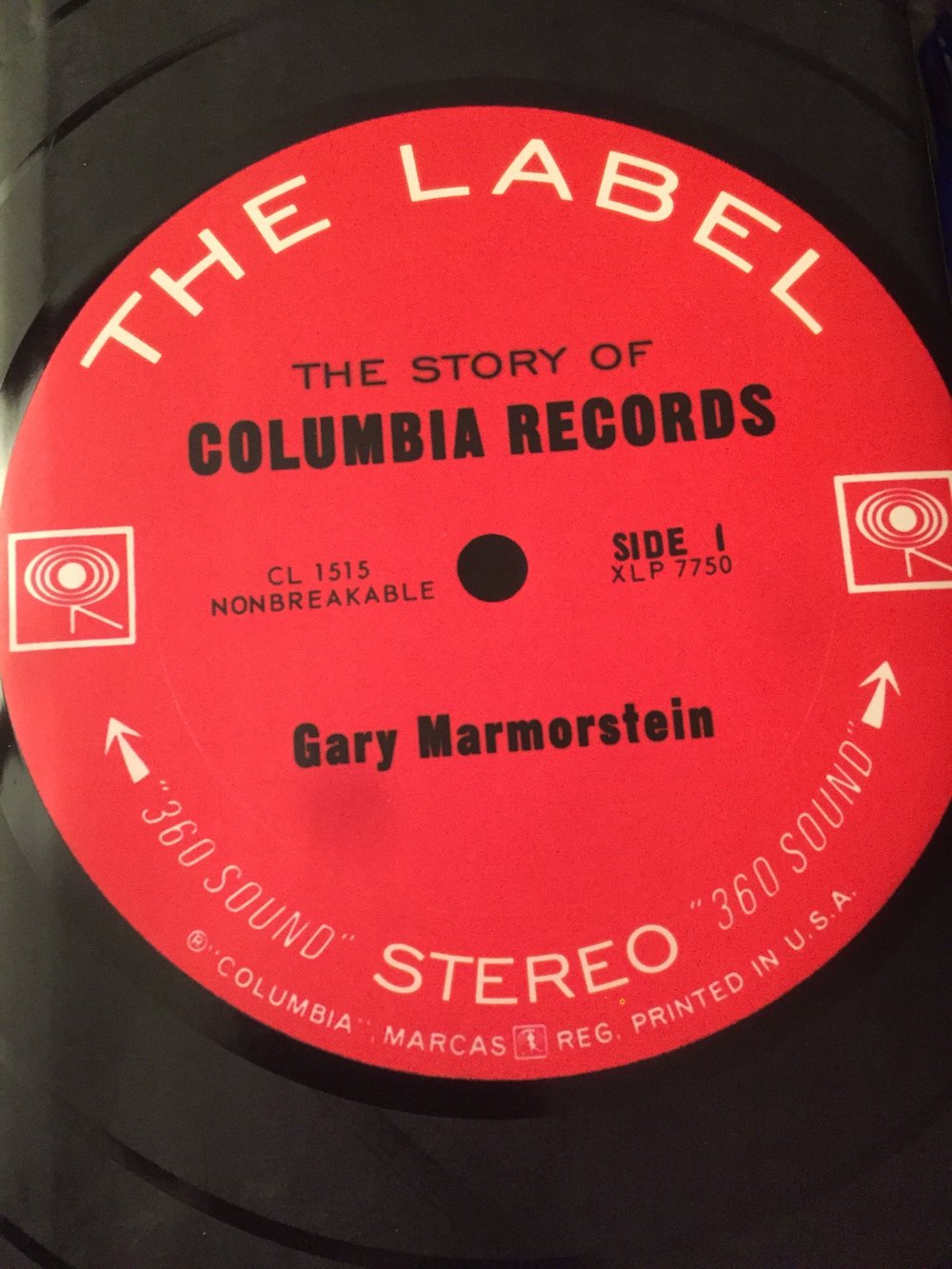John Marks’ Bookshelf for Lovers of Recordings #2
a dozen books reviewed, one a week for the next twelve
Here are notes on a selection from my favorite books on the history of recording technology, the history of the record business, and the interactions between recording technology, the record business, and the art of music. One example of what I mean by all that is, in the late 1920s, piezoelectric “crystal” microphones supplanted carbon microphones for radio broadcasting.
Crystal microphones had a better signal-to-noise ratio than carbon microphones. Therefore, the live singers on radio could sing more quietly and intimately. They no longer had to shout to be heard. However, the quartz, mica, or other crystal elements were also more fragile than had been the carbon microphones. So, “shouters” like Al Jolson were out; and “crooners” like Rudy Vallee were in. (Trivia bit: Rudy Vallee graduated from Yale, with a degree in Philosophy.)
This list will be presented as a series of weekly installments. Rather than attempt to rank such diverse books from “Best” to “Somewhat Less Best,” this list is organized both chronologically and categorically. JM
The Bookshelf:
1. The Fabulous Phonograph, 1877-1977
2. The Label: The Story of Columbia Records
3. Do Not Sell at Any Price
4. The B Side: The Death of Tin Pan Alley and the Rebirth of the Great American Song
5. Something in the Air: Radio, Rock, and the Revolution That Shaped a Generation
6. Flowers in the Dustbin: The Rise of Rock and Roll, 1947-1977
7. Temples of Sound: Inside the Great Recording Studios
8. Goodnight, L.A.: The Rise and Fall of Classic Rock -- The Untold Story from inside the Legendary Recording Studios
9. Making Rumours: The Inside Story of the Classic Fleetwood Mac Album
10. Backstory in Blue: Ellington at Newport ‘56
11. A Love Supreme: The Story of John Coltrane’s Signature Album
12. The Vinyl Frontier: The Story of NASA s Interstellar Mixtape
2. The Label: The Story of Columbia Records
by Gary Marmorstein
Boston: Da Capo Press; annotated edition 2007. Hardcover, 640 pp. ISBN: 1560257075.
 It was a serendipitous coincidence indeed, that the acoustical-horn 78-rpm recording process flattered male operatic voices. The recording horn’s internal resonances gave a little extra heft and power to male voices, while the lossy mechanical coupling of the horn to the cutting stylus reduced high-frequency vocal “brassiness.”
It was a serendipitous coincidence indeed, that the acoustical-horn 78-rpm recording process flattered male operatic voices. The recording horn’s internal resonances gave a little extra heft and power to male voices, while the lossy mechanical coupling of the horn to the cutting stylus reduced high-frequency vocal “brassiness.”
Opera star Enrico Caruso was the first superstar of the phonograph era. His 78-rpm records sold tons of acoustical phonographs. So perhaps it is not surprising that Roland Gelatt’s The Fabulous Phonograph (the previous installment) dwells at length upon early recordings of opera singers and classical musicians. However, if a scratchy 78rpm from 1906 of Enrico Caruso’s singing F.P. Tosti’s Italian art song “Ideale” is not exactly your cup of tea, Gary Marmorstein’s The Label: The Story of Columbia Records might be a better book choice for you.
Of necessity, the story does start more than 100 years ago (the Columbia Phonograph Company was founded in 1889); and it does, of necessity start, with 78rpms. But Gary Marmorstein follows his subject past the age of 78s and into the LP Era, along the way recounting stories about Frank Sinatra, Michael Jackson, Bob Dylan, Mariah Carey, Miles Davis, Billy Joel, and many others. The fact that the Bibliography runs to 35 pages indicates how exhaustive a Corporate History this is. There are lots of personalities, lots of intrigue, and lots of politics. Highly recommended.










































.png)








